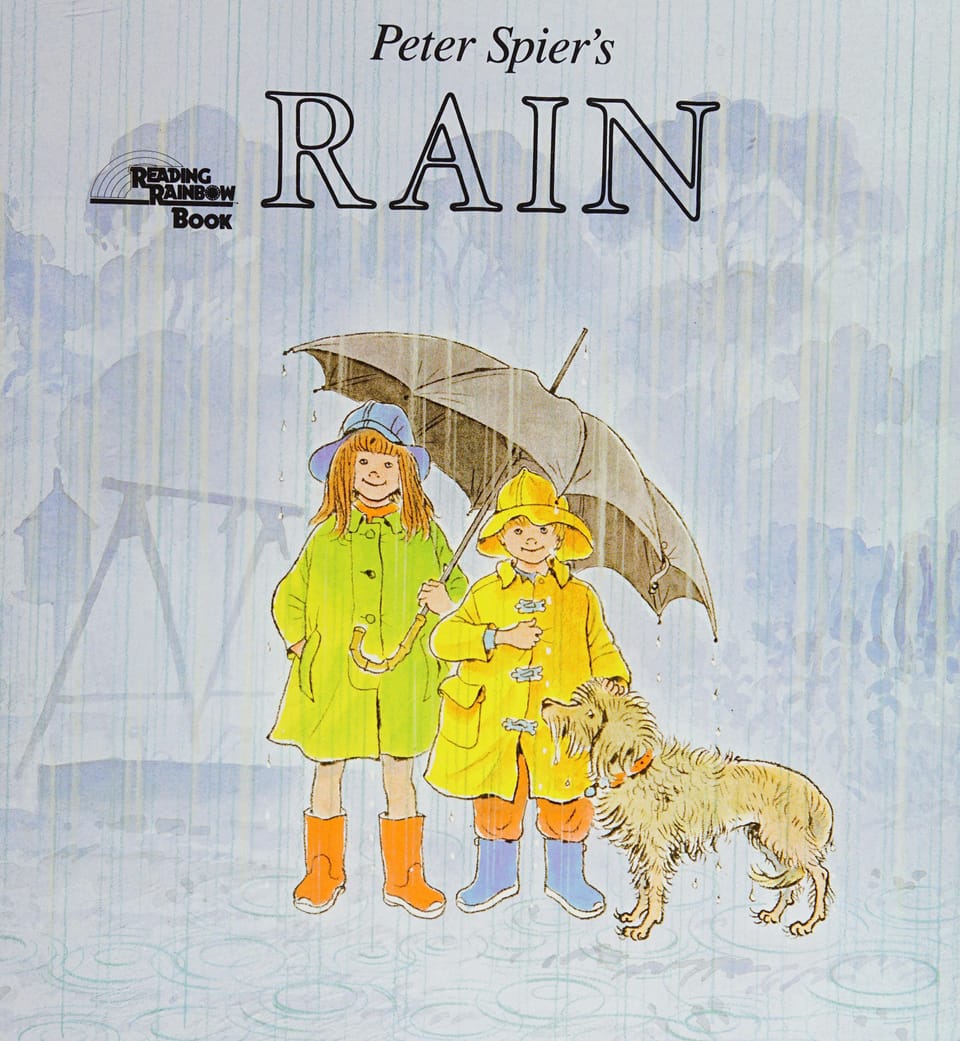Understanding Freshwater: Importance, Threats, and Conservation
A concise guide to freshwater, covering its sources, importance, threats like pollution and climate change, plus practical conservation tips for every level.

What Is Freshwater?
Freshwater is water that contains minimal concentrations of dissolved salts, making it distinct from the saline water found in oceans and seas. Occupying only about three percent of the planet’s total water supply—of which two-thirds is locked away in glaciers and ice sheets—freshwater is a finite and precious resource. It supports drinking water systems, agriculture, sanitation, industry, power generation, and diverse ecosystems that humans and countless other species rely on for survival.
Where Does Freshwater Come From?
The hydrological cycle continuously moves, stores, and purifies freshwater. Solar energy drives evaporation from oceans, lakes, and soils; water vapor condenses into clouds and returns as rain, snow, or hail. Once on land, it travels over and through geological formations before eventually reaching the sea, and the cycle begins anew. Understanding the main reservoirs of freshwater helps communities plan long-term water security strategies.
Surface Water
Surface water includes rivers, streams, lakes, reservoirs, and wetlands—dynamic bodies that are replenished by precipitation and surface runoff. These systems are often more accessible for extraction, yet they are also highly vulnerable to pollution, seasonal fluctuations, and over-abstraction. Iconic rivers such as the Amazon or the Nile illustrate how vital surface water can be to entire civilizations, supporting transportation, culture, and agriculture along their banks.
Groundwater
Below the Earth’s surface lie aquifers: porous rock or sediment layers saturated with water. Groundwater supplies nearly half of the world’s drinking water and about 40 percent of irrigated agriculture. Because it is naturally filtered through soil and rock, groundwater is typically cleaner than surface water, but it recharges slowly. Excessive pumping can lead to falling water tables, land subsidence, and saltwater intrusion in coastal areas.
Why Freshwater Matters
Without reliable freshwater, food security, economic development, and public health all falter. Farmers depend on irrigation to stabilize crop yields; manufacturers need clean water for cooling, cleaning, and as an ingredient; and power plants—especially hydropower and thermal facilities—require steady flows. Ecologically, freshwater habitats like rivers, marshes, and peatlands harbor about 10 percent of all known species despite covering less than one percent of Earth’s surface. Protecting freshwater, therefore, safeguards both human prosperity and biodiversity.
Major Threats to Freshwater Resources
Global demand for freshwater has surged sixfold over the last century, and pressures continue to mount. Pollution, unsustainable extraction, and climate change compound each other, creating regional water stress and ecosystem degradation.
Pollution
Industrial effluents, agricultural fertilizers, pesticides, pharmaceuticals, and microplastics all degrade water quality. Eutrophication—nutrient overload in lakes and rivers—triggers harmful algal blooms that deplete oxygen and release toxins, killing fish and affecting human health. Addressing pollution requires stronger regulations, better wastewater treatment, and shifts toward eco-friendly products.
Over-Extraction
When withdrawals outpace natural recharge, rivers shrink, lakes dry up, and aquifers decline. The Aral Sea disaster is a stark example: extensive irrigation diverted feeder rivers, causing the sea to lose 90 percent of its area. Over-extraction also disrupts ecological flows, undermining fisheries and wetland functions critical for flood control and carbon storage.
Climate Change
Warming temperatures intensify the water cycle, leading to more severe droughts, floods, and shifting precipitation patterns. Melting glaciers threaten the long-term water supplies of millions in mountain regions, while sea-level rise contaminates coastal aquifers with saltwater. Adaptation demands flexible management, improved forecasting, and resilient infrastructure.
Conservation Strategies
Safeguarding freshwater calls for an integrated approach that combines individual responsibility, corporate innovation, and supportive policy frameworks. Efficiency, reuse, and ecosystem restoration form the backbone of modern water stewardship.
Household Actions
Simple practices—repairing leaks, installing low-flow fixtures, harvesting rainwater, and choosing water-efficient appliances—can cut domestic consumption by up to 30 percent. Reducing meat intake also saves embedded water because livestock production is water-intensive.
Business Innovations
Forward-thinking companies adopt closed-loop systems where process water is captured, treated, and reused multiple times. Smart sensors detect leaks in real time, and green infrastructure such as vegetated roofs helps manage stormwater on-site. Beyond compliance, transparent water footprints and supply-chain engagement enhance brand reputation and resilience.
Policy and Community Solutions
Governments can incentivize conservation through tiered pricing, subsidies for efficient technology, and enforcement of discharge regulations. Community-based watershed management empowers local stakeholders to monitor flows, share data, and resolve conflicts. Internationally, transboundary river commissions foster cooperation and equitable allocation.
The Role of Ecosystems in Freshwater Health
Healthy ecosystems act as natural infrastructure: wetlands filter pollutants, floodplains absorb excess runoff, and forested catchments stabilize soil, reducing sedimentation in reservoirs. Restoring these landscapes often costs less and lasts longer than building concrete dams or treatment plants. Moreover, thriving habitats support recreation, tourism, and cultural values that enrich human well-being.
Future Outlook
With global population projected to reach nearly ten billion by 2050, demand for freshwater will remain high. Yet technological advances—desalination powered by renewables, precision agriculture, and circular economy principles—offer hope. Coupled with education and strong governance, these innovations can ensure that every community enjoys reliable, clean, and affordable water. By recognizing freshwater as the lifeblood of both society and nature, we lay the foundation for a sustainable, climate-resilient future.
